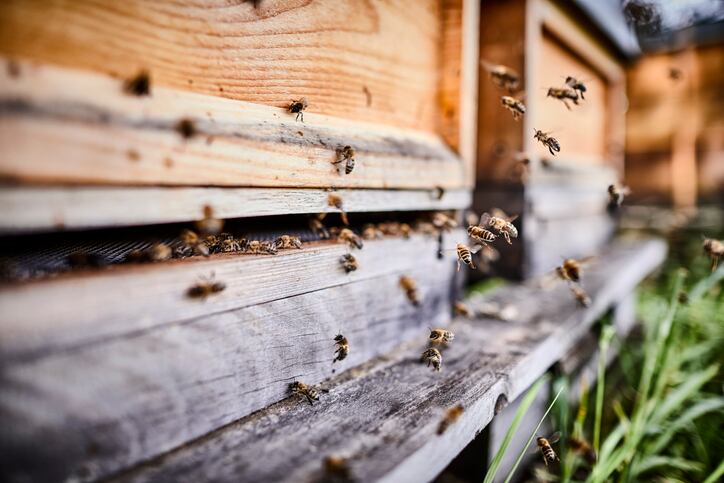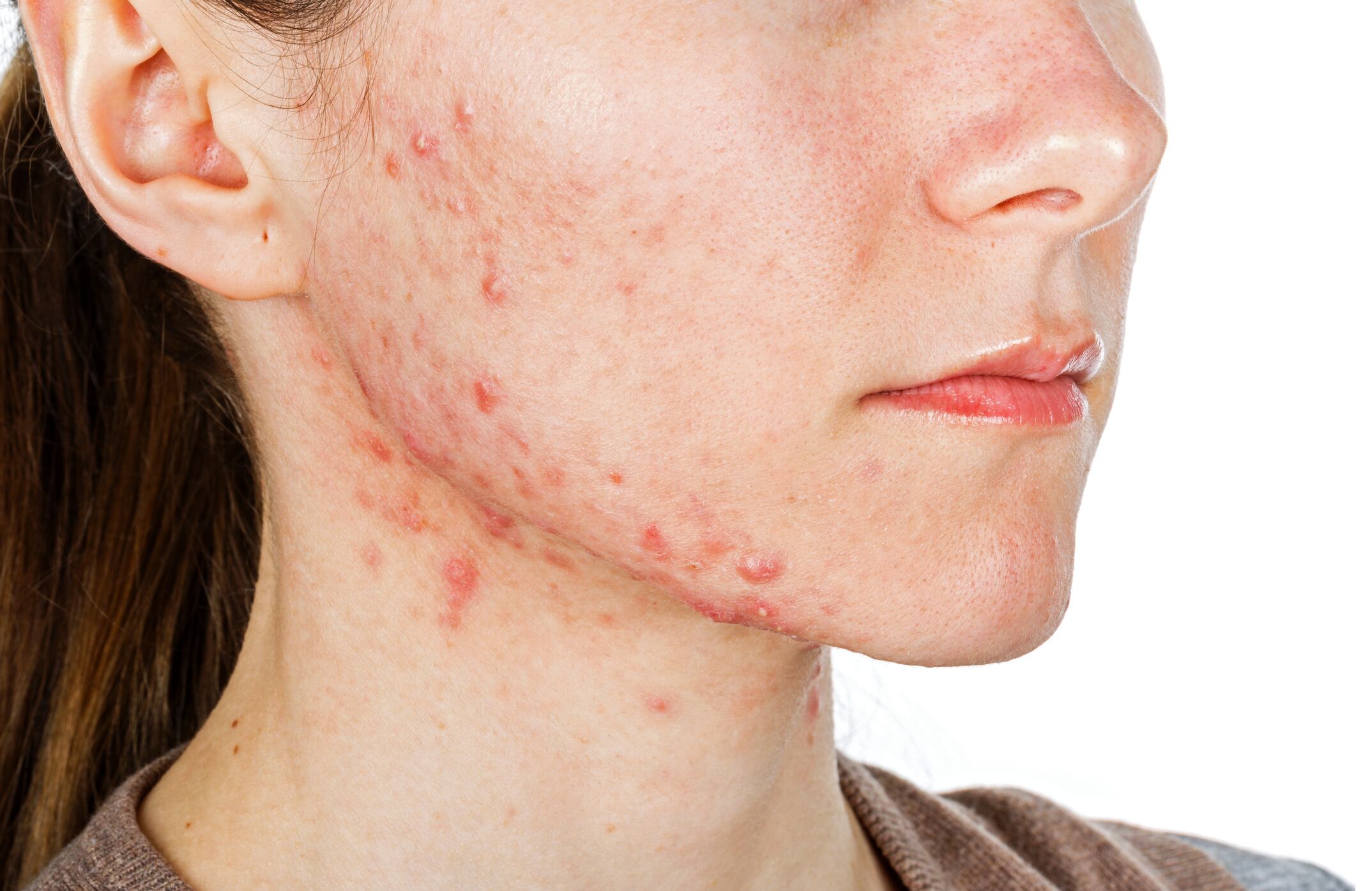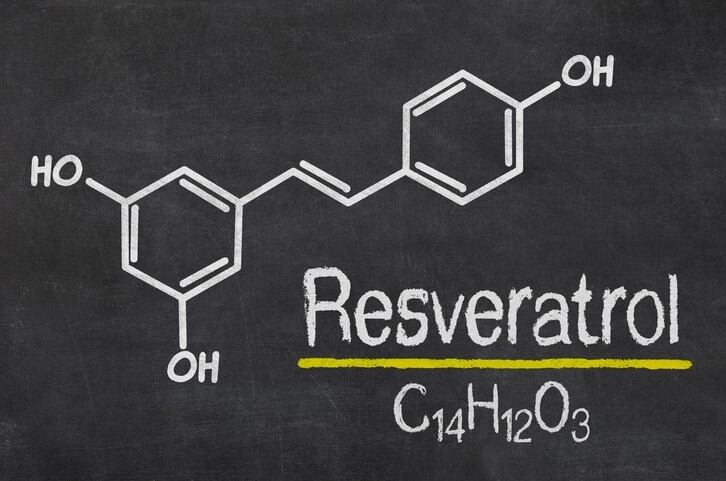Writing in Cosmetic Dermatology, researchers from Turkey’s Düzce University developed a prototype skin care product using bee venom, propolis, honey, beeswax and royal jelly and analysed stability, antioxidant activity, dermatological response and cytotoxicity. The researchers then evaluated product claims around skin smoothness, nourishment, moisturisation, skin tone, brightness, and wrinkle visibility in a small-scale panel study.
Overall, findings showed that a body cream made using a blend of bee venom and other bee products (0.1% bee venom, 0.3% propolis extract, 0.45% honey and 1% royal jelly) had a “high antioxidant capacity” at 85.45%. In addition, the formula proved to be non-cytotoxic, with no irritation or allergic reaction in non-allergic individuals, enabling it to be classified as non-irritating.
“Panel test(ing) showed that the prototype makes skin silky smooth, contributes to hydration, brightens and nourishes the skin, evens the skin tone, reduces the visibility of wrinkles, improves skin elasticity, and smooths wrinkles,” the researchers wrote.
Further testing would be required to evaluate effectiveness against skin ageing on different skin types, they said, given testing had only been conducted on a very small panel number (10 women). Wider studies would also provide more insight on the levels of bee venom that could be incorporated into formulas for effective anti-ageing properties.
Beyond healthy skin ageing, the researchers said the bee product blend could also be investigated for UV protection and as a potential option to treat acne.
‘High antioxidant activity’ of bee product ingredients
The researchers said incorporating bee venom into a body care topical formula was particularly interesting given it was a “pharmacologically active hive product” already associated with healing against certain skin diseases like atopic dermatitis and recognised for its antimicrobial activity against acne vulgaris. Bee venom had also been proven to be a photoprotective agent.
“Bee venom can be an exceptionally beneficial natural ingredient for the cosmetics industry through its anti-inflammatory activity and wound healing properties,” the researchers wrote.
Importantly, when used in combination with other bee products, notably propolis, the end formula offered “high antioxidant activity” – a significant advantage for the cosmetics sector looking to develop anti-ageing formulations, they said. This high antioxidant activity also offered stability and storage assurances, with tests indicating the product could be used for 12 months after opening with no impact to colour or appearance.
Propolis was also a “strong adhesive” with various biological activities – antioxidant, anti-inflammatory, antiviral and antifungal – and similarly recognised for its healing properties and protection against the harmful effects of UV light and free radicals. Royal jelly was associated with potential protection against UVB-induced photo and skin ageing by increasing collagen production and honey worked to soften, moisturise and smooth skin.
Allergenicity warnings – bee venom reactions
However, the researchers said “particular attention” would have to be made in any commercialisation of such a product because of the side effects associated with bee venom in certain susceptible individuals.
Whilst there was a “growing interest in the functions of bee venom in the cosmetics field”, they said any product would need very clear on-pack declarations made about the amount and specific components of the product.
Source: Cosmetic Dermatology
Published online ahead of print, March 2, 2022 – doi.org/10.1111/jocd.14891
Title: “Development of a cream formulation containing bee venom and other bee products”
Authors: AET. Samanci and M. Kekeçoğlu




